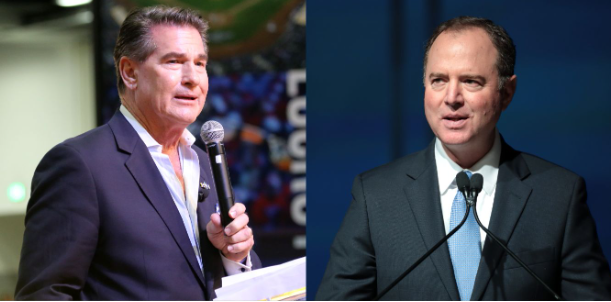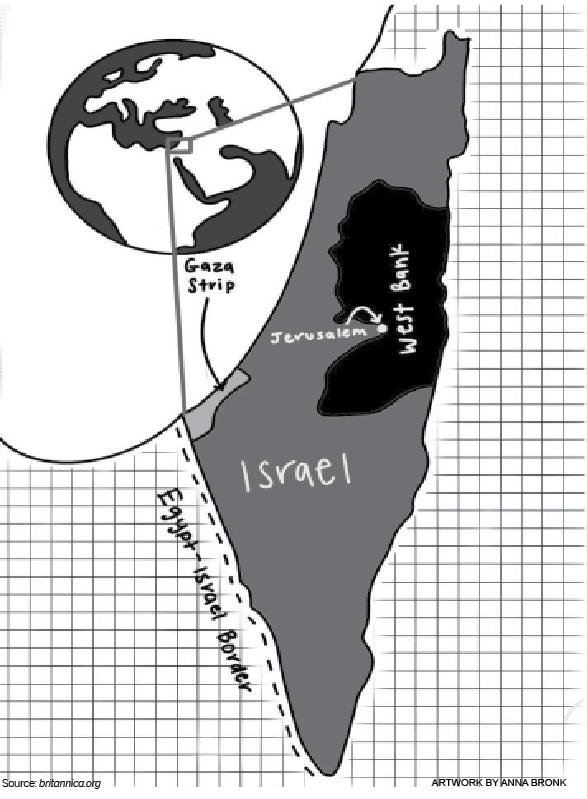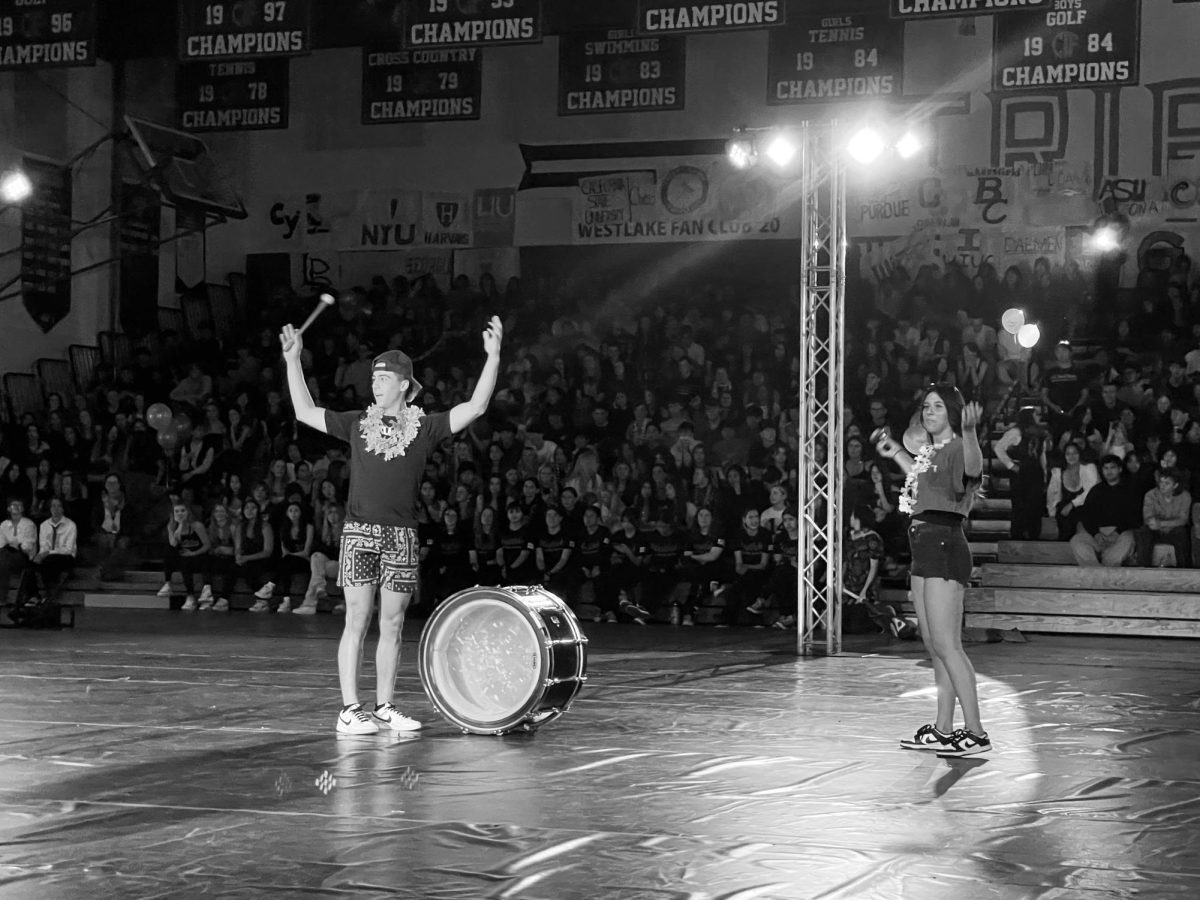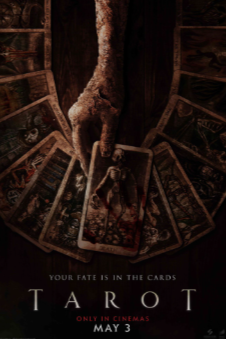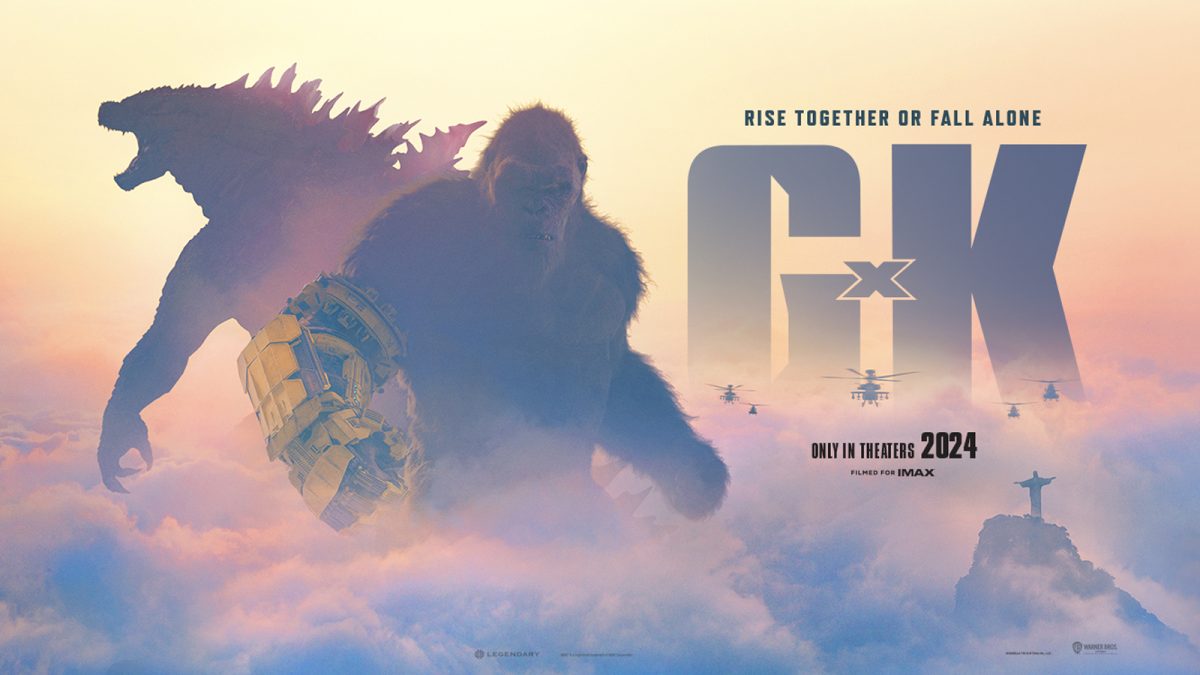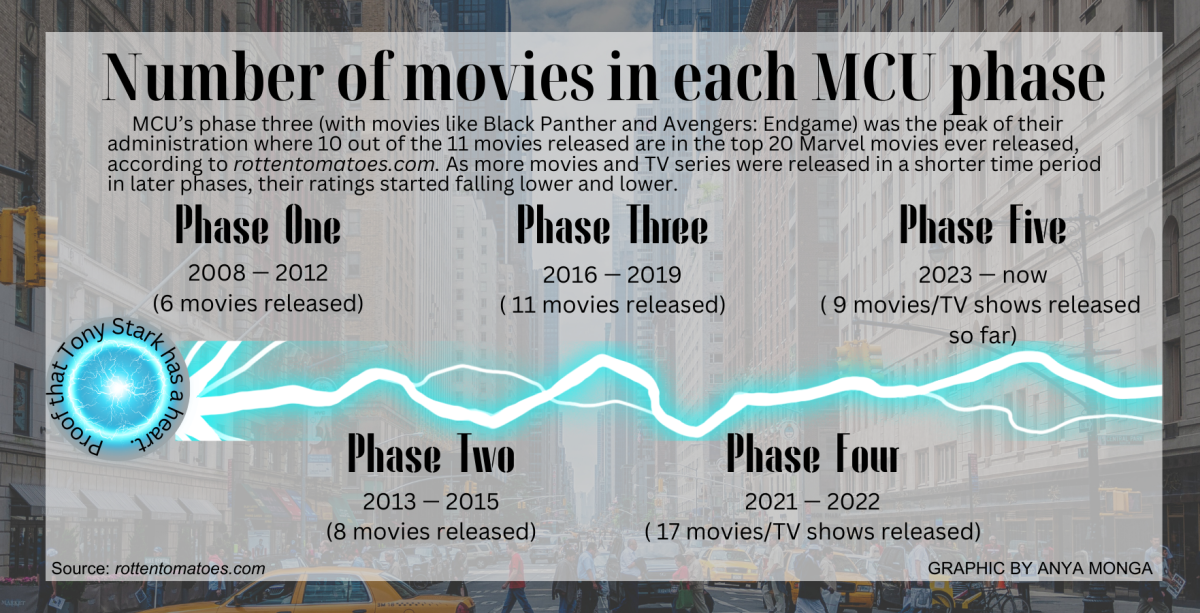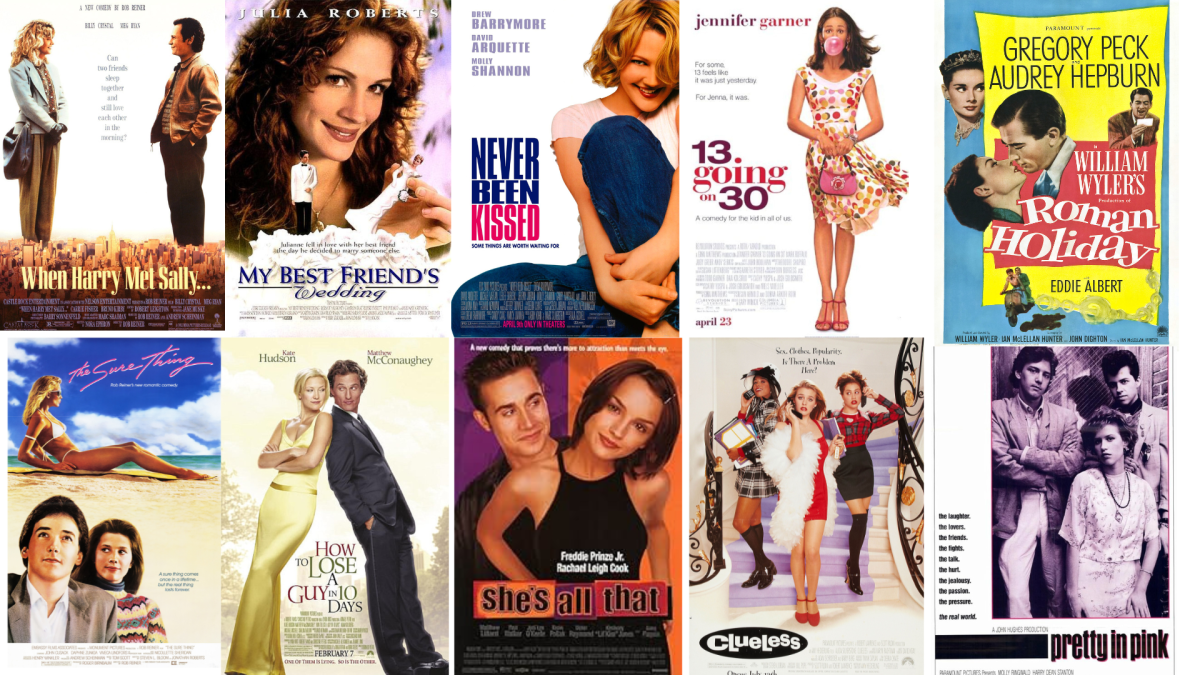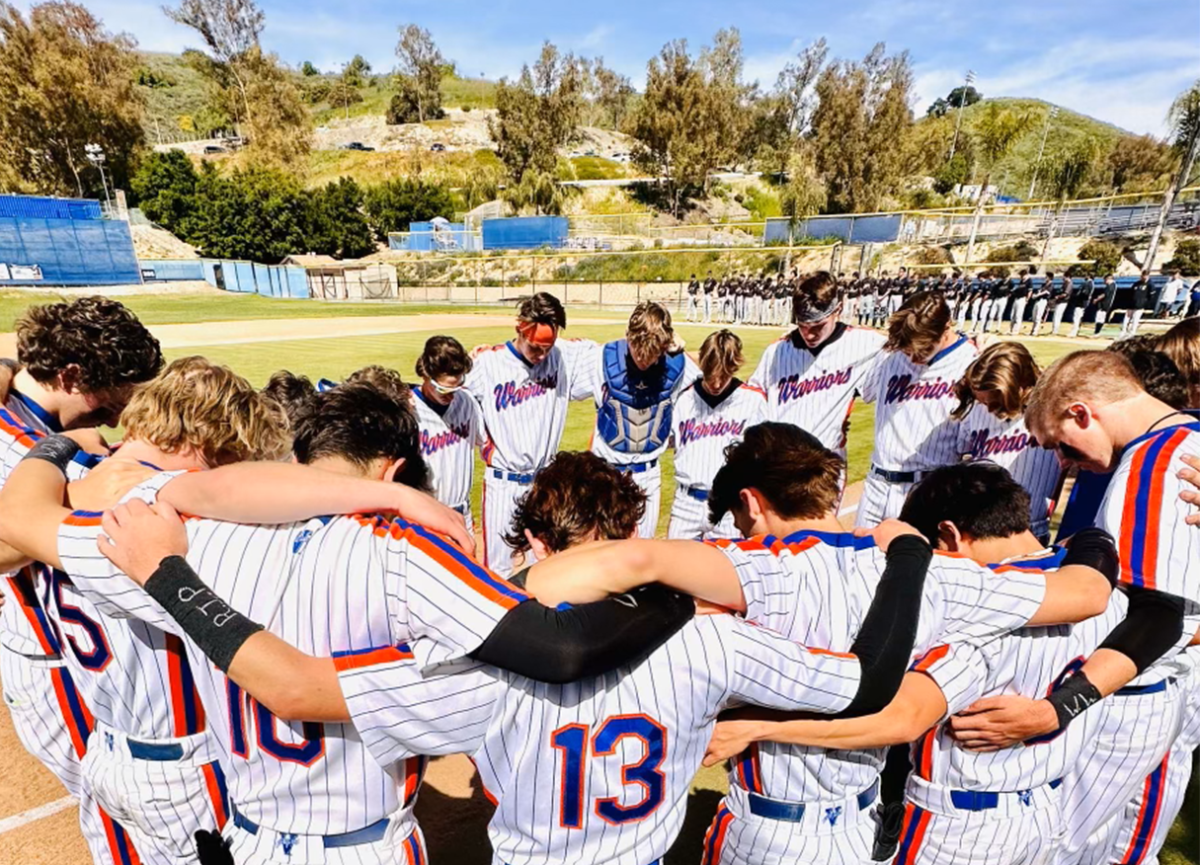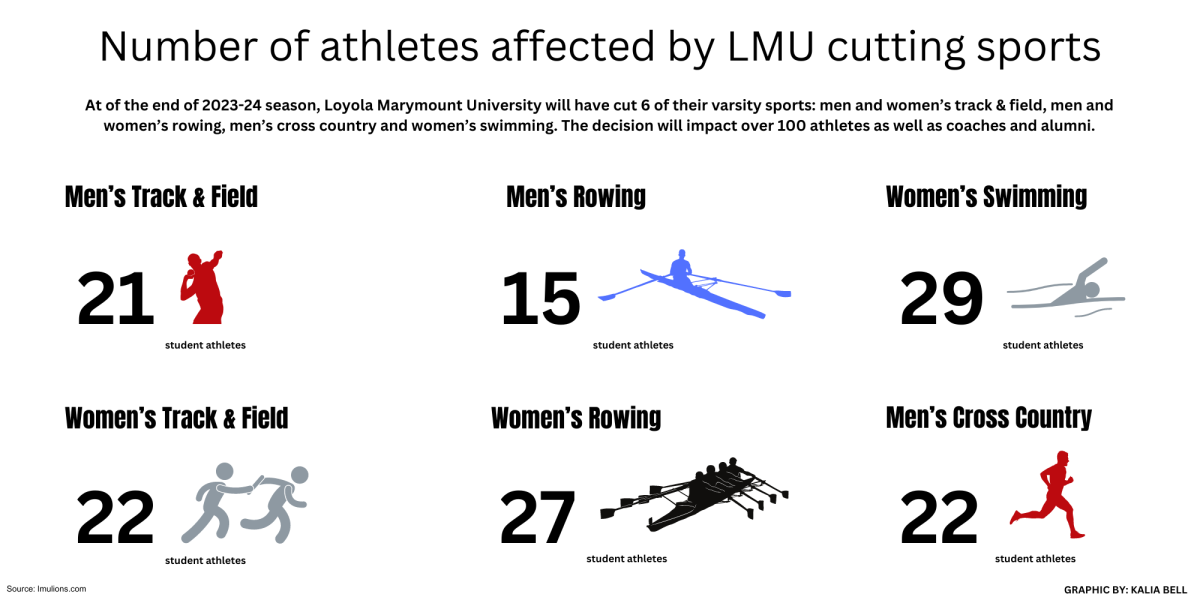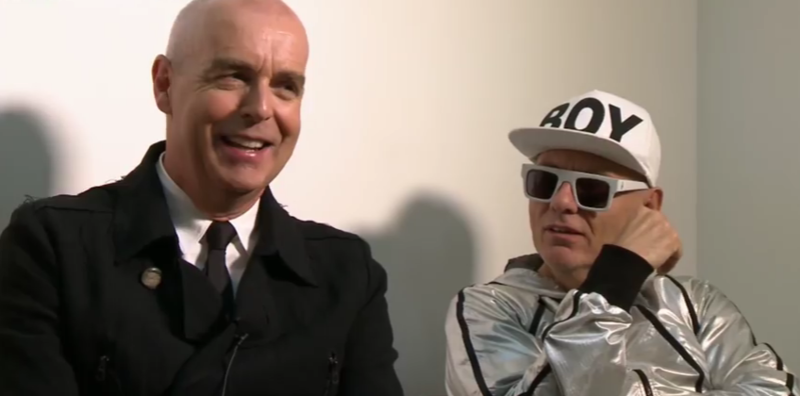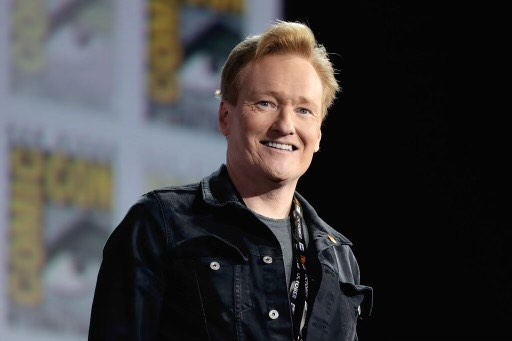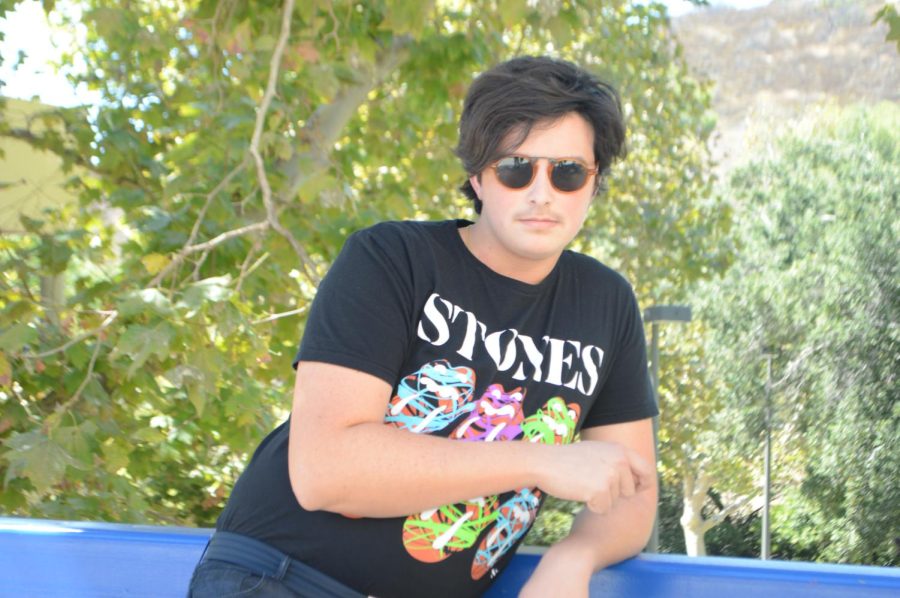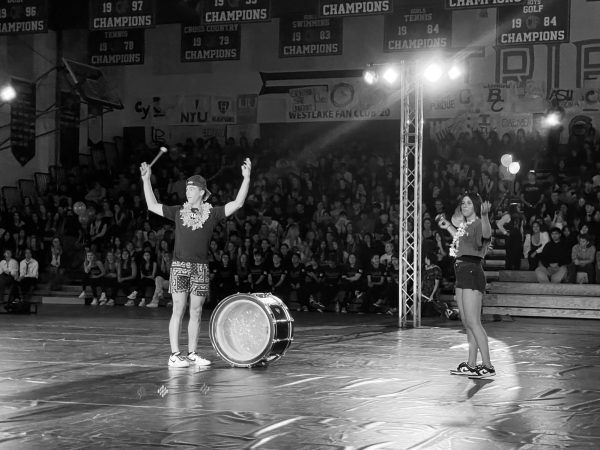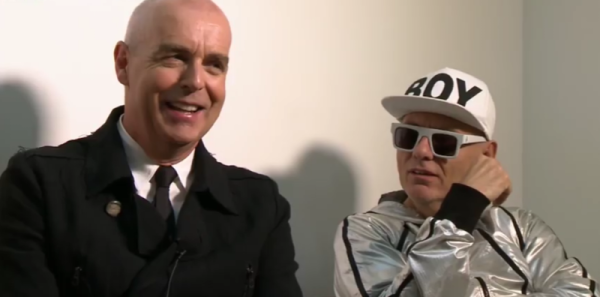Yes
December 9, 2022
From the 1920s onward, the Disney corporation strived to make child–friendly content for the masses. Though, as the company progressed, it acquired many other companies with different visions, so Disney has done its best to assimilate all its properties under one shared goal.
Disney purchased Star Wars and Marvel; subsequently, Disney made them succumb to their age–appropriate branding. Disney is removing blood and gore, simplifying the original premises, changing characters to act more family–friendly and forcing happy endings on every movie.
In changing these elements, Disney is removing nuances and gravitas, the gravity of actions, from the films their own companies are making.
In Star Wars: Episode III – Revenge of the Sith, Count Dooku, the main villain, gets decapitated by the swing of two lightsabers. Star Wars: Episode V – The Empire Strikes Back sees Luke Skywalker getting his hand cut off in the climactic scene.
In Star Wars: Episode VIII – The Last Jedi, the unarmored Snoke, head of the First Order and main villain, gets his body split in two by a lightsaber. In recent movies, though, the Disney Star Wars entries are tamer, and the worst injury that the main characters receive is a light cut as seen in Darth Maul’s second onscreen death involving no major limb severing or visible wound.
This happens consistently within the Marvel franchise as well. In removing the gore, the gravitas from each death is ineffective and simplifies the subject of death for a younger audience.
One such example is within the What If…? adaptation of Marvel Zombies. They remove many gory elements from the story, which detracts from the originally grotesque nature and the fictional brain eaters.
The episode “What If… Zombies?!” offers a very docile look into the comic series without the disgustingly gripping horror present in the comic. Within the comic, readers see Spider–Man shed a layer of skin and slurp up Mysterio’s brain like a thick noodle, though the episode only ever sees some slight blood splatters.
While Marvel and Star Wars projects can still get their thematic points across without gore, many times Disney simplifies the premises of its property to a point where sometimes it even contradicts prior themes set in place by the original creators.
Star Wars: Episode III – Revenge of the Sith sees Anakin’s fall to the dark side because of the conflicting values between his romance and the Jedi order. Any viewer would get that the story theme exemplified here is to not let love take ambition too far.
In creating a happy conclusion which a younger audience will be happier with, Disney contradicts this theme entirely in Star Wars: Episode IX – The Rise of Skywalker when one of the main characters, Kylo Ren, romantically sacrifices himself for Rey. Rey then goes on to vanquish the main foe, Darth Sidious, because of his sacrifice which entirely contradicts the theme previously set in place.
Again, Spider–Man: No Way Home depicts a much simpler version of Spider–Man’s most infamous villain team, the Sinister Six. Though, to compensate for Tom Holland’s reincarnation of Spider–Man’s lack in experience, he needed the aid of two other major film depictions of Spider–Man to get it done.
The comic’s meaning of Spider–Man’s fights with the Sinister Six were a test of all his knowledge and skill, though introducing two, far more experienced Spider–Men detract from that. In simplifying the concept for younger audiences to understand, Disney has made Spider–Man less of an interesting character as well.
Marvel and Star Wars host a myriad of characters which have changed to suit an audience of primarily children and middle–schoolers.
Gorr the God Butcher is a proprietary example of Disney’s effect. In the comics, Gorr has enough power to kill all the gods on his own, yet in the film Thor: Love and Thunder Gorr needs to seek out the cosmic deity, Eternity, to fulfill this ultimate task.
In the comics as well, Gorr’s massacre of the gods before his attempt to kill them all is seen in full force, but it is simply brushed over in the film. This dumbs down the premise so that the preferred audience will not see Gorr as a threat that the main character cannot vanquish.
Likewise in the comics, it takes three versions of Thor himself to kill Gorr, but in the movie, it is just Thor and two superpowered friends of his. Gorr also manages to keep many children without killing them in the movie, which makes the villain more child–friendly.
For a Star Wars example, one must look no further than the first on–screen Mandalorian himself, Boba Fett. Boba Fett’s first appearance in Star Wars: Episode V – The Empire Strikes Back demands attention, as a stoic and silent figure who walks beside the most feared man in the galaxy, donning armor head–to–toe much like the man beside him.
Disney’s television adaptation of Boba Fett makes him less of a threat and more of a lovable villain reformed to be a better person. There is no reason to have made this unnecessary character change besides to make it more digestible for a group of kids.
Disney has forced unnecessary happy conclusions as well upon movies, whose many which movies had different intents with their visions. They were forced to appeal to a younger audience to be in line with Disney’s vision.
Avengers: Age of Ultron sees the Avengers eradicating Ultron from the globe after a couple of quick skirmishes. Part of the appeal of Ultron in the comics is that he is an ever–present threat to the Avengers, and their failure to eradicate him completely detracts from any win against him.
The comic version of Ultron is like a virus, spreading when any trace of him is left behind, though in order not to terrify a young audience, Ultron is briskly terminated in the movie after some flashy fights.
Disney’s Star Wars trilogy has no explicitly tragic endings for the main characters, as opposed to episode three’s ending or episode five’s ending which conclude in life–altering losses for the main characters. In episode three, Obi–Wan loses his best friend Anakin to the dark side, and Anakin’s wife, Padme, dies. In episode five the rebellion is whittled down to its last defenses, Luke Skywalker gets his hand cut off and discovers that Darth Vader is his father.
Disney has attempted to make a movie with a sad ending in the form of Rogue One: A Star Wars Story, though it lacks the same dramatic effect because all the characters that die at the end were introduced within the same picture. Removing attachment from tragedy aids in a younger viewer’s experience because younger audiences cannot handle emotional movies.
Disney has been making gore, premise, character and ending into tame effects of their property company’s films, detracting from their true intentions and meanings. Though, many still believe that because Disney allows their own characters to kill, they are not making them more child–friendly.
Killing is not the barrier whether something is child–friendly or not, it is how that killing is shown. Disney takes a lot more of a tame approach to killing people in their movies than the original films of companies they own.
Disney keeps making its movies more family–friendly and misconstrues the initial purpose of the fiction they adapt. Disney is going down a path that many viewers cannot follow.
